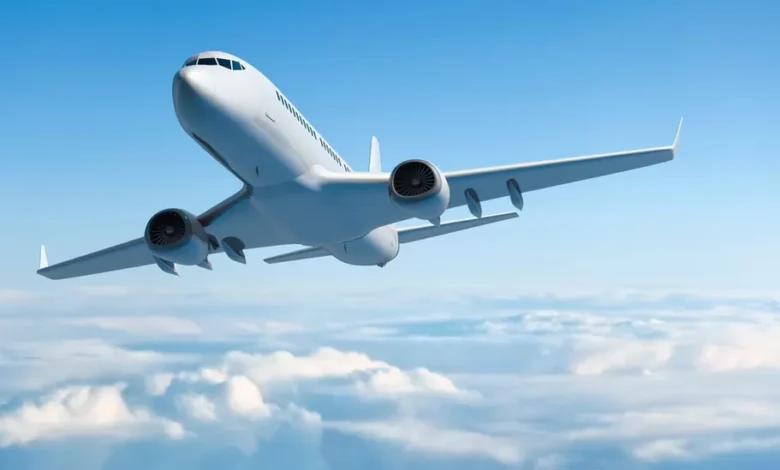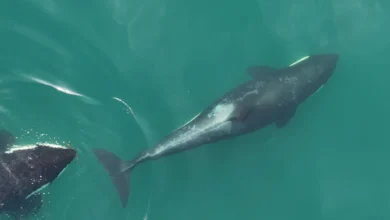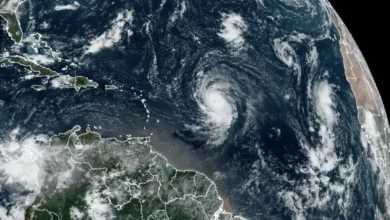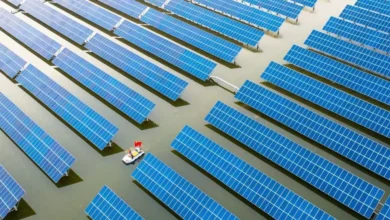Flight turbulence increasing as planet heats up – study

Flight turbulence has increased as climate change has warmed the planet, researchers say.
Scientists at Reading University in the UK studied clear-air turbulence, which is harder for pilots to avoid.
They found that severe turbulence had increased 55% between 1979 and 2020 on a typically busy North Atlantic route.
They put the increase down to changes in wind speed at high altitudes due to warmer air from carbon emissions.
“Following a decade of research showing that climate change will increase clear-air turbulence in the future, we now have evidence suggesting that the increase has already begun,” said Prof Paul Williams, an atmospheric scientist at the University of Reading who co-authored the study.
“We should be investing in improved turbulence forecasting and detection systems, to prevent the rougher air from translating into bumpier flights in the coming decades.”
Flight routes in the USA and North Atlantic saw the largest increases. Europe, the Middle East, and the South Atlantic also saw significant increases in turbulence.
Prof Williams said the increased turbulence was due to greater wind shear – or differences in wind speed – in the jet stream, a strong wind system blowing from west to east, about five to seven miles above the Earth’s surface. It exists largely due to a difference in temperature between the world’s equator and poles.
While satellites can’t see the turbulence, they can see the structure and the shape of the jet stream, allowing it to be analysed.
Radar can pick up turbulence from storms, but clear-air turbulence is almost invisible and hard to detect.
Turbulent flights are not only uncomfortable, but can also cause injuries for those on the flight. Severe turbulence is very rare, but clear-air turbulence can come out of the blue, when passengers are not belted in.
“Nobody should stop flying because they’re afraid of turbulence, but it is sensible to keep your seat belt fastened all the time, unless you’re moving around, which is what the pilots do,” said Prof Williams. “That is almost a guarantee that you will be safe even in the worst turbulence.”
There are also financial consequences. The aviation industry loses between $150m (£120m) and $500m (£400m) in the US alone annually due to effects of turbulence, including wear-and-tear on aircraft, said the researchers. It also has an environmental cost, as pilots burn up fuel avoiding it.
The study was published in the journal, Geophysical Research Letters.










